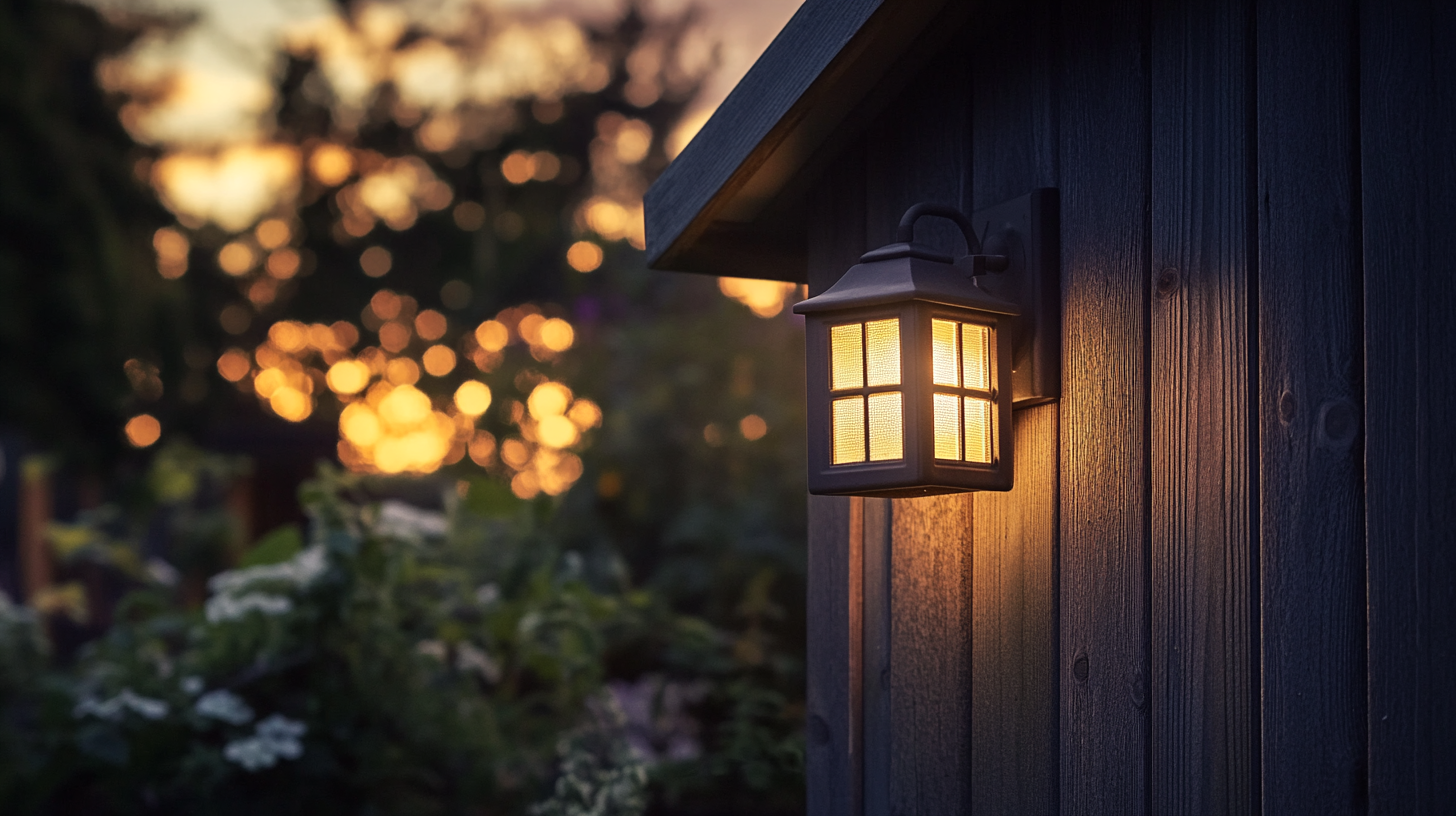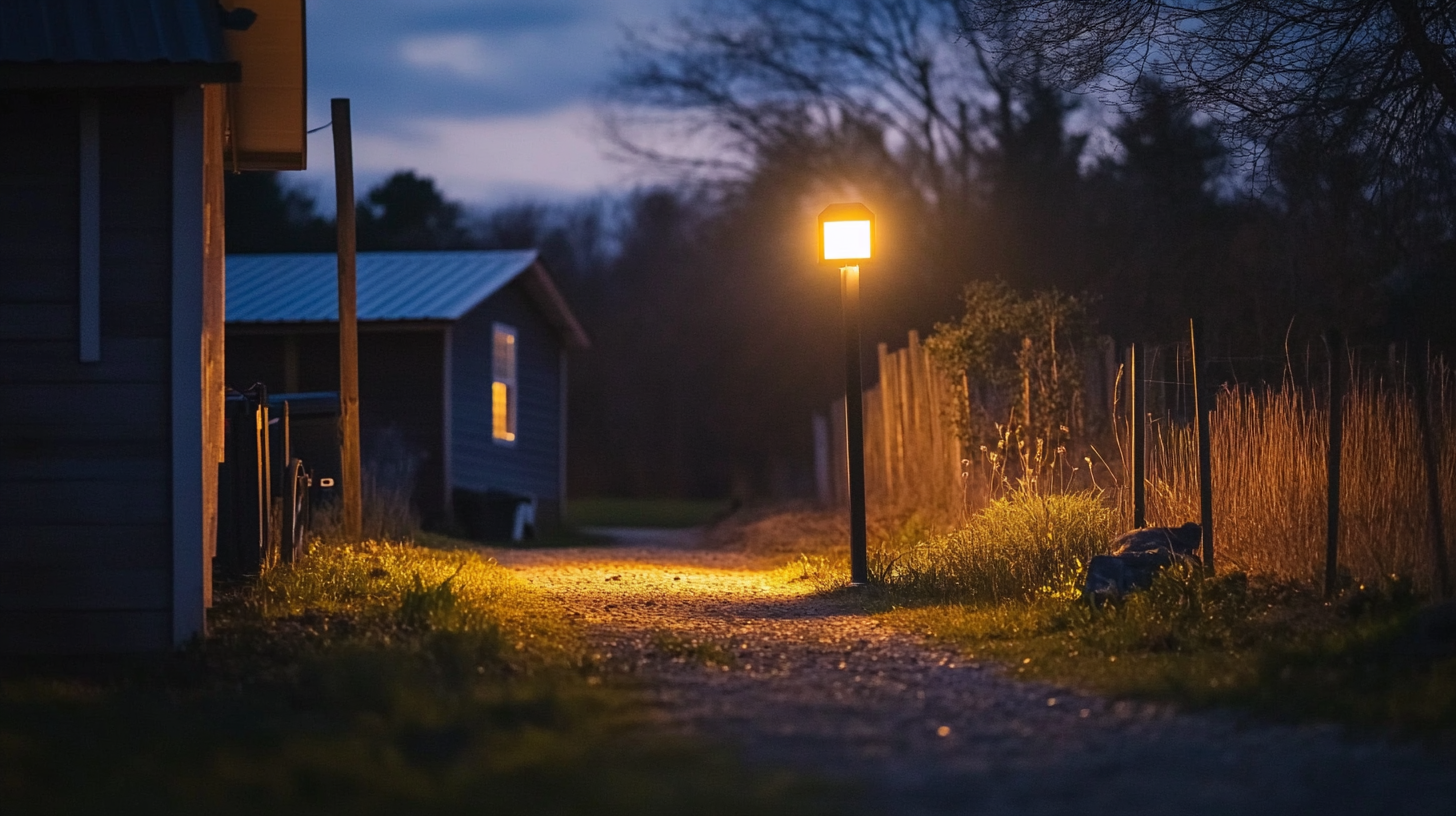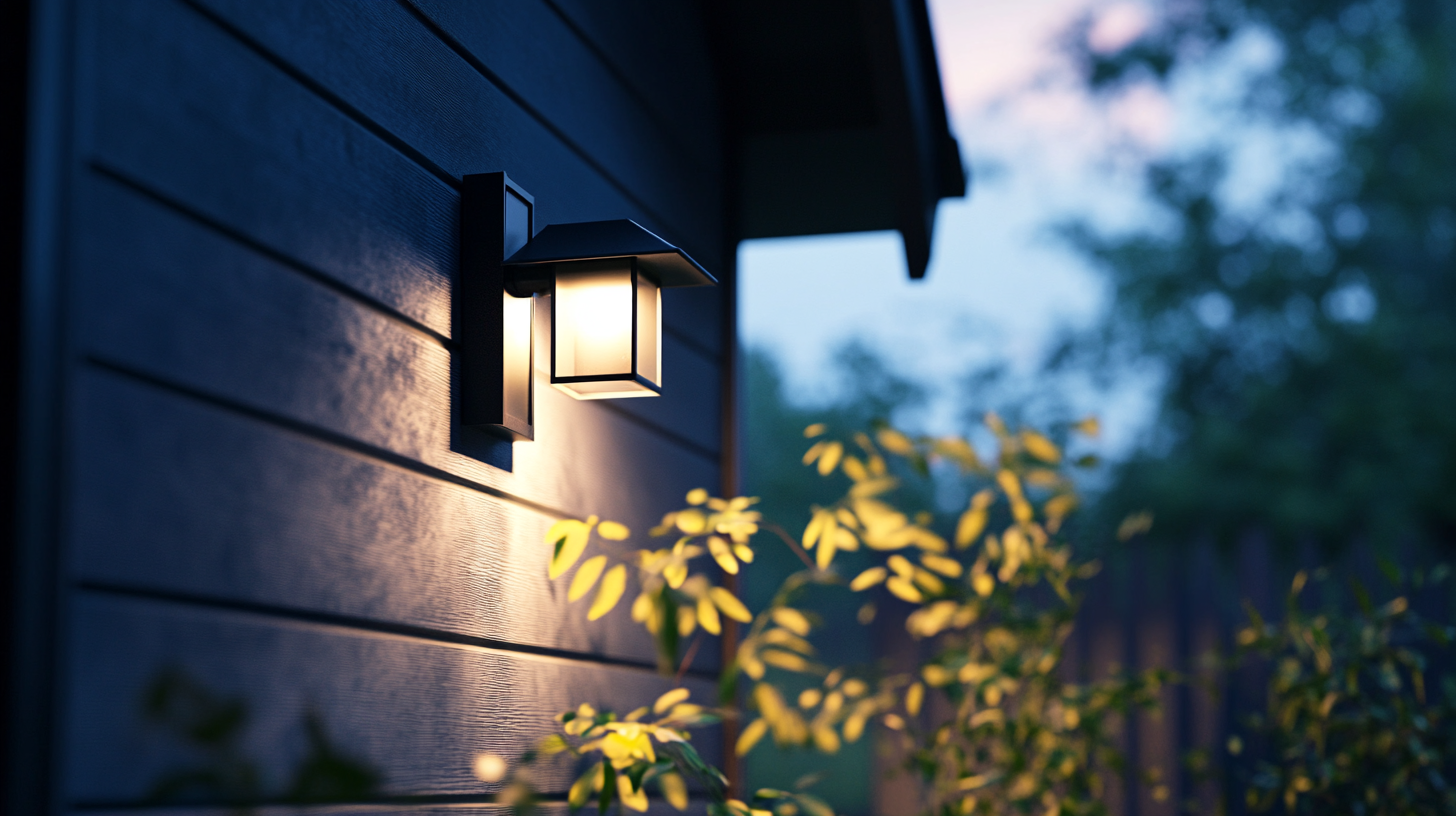Ultimate Guide to Selecting the Best Solar Shed Light for Your Needs
When it comes to enhancing outdoor spaces such as gardens, patios, or work sheds, the importance of adequate lighting cannot be overstated. Solar shed lights have emerged as a popular, eco-friendly solution for illuminating these areas effectively. According to a report by the International Renewable Energy Agency (IRENA), global solar photovoltaic capacity has increased dramatically, reaching over 800 GW in 2020, which supports the rise of solar-powered products in everyday life.
With advancements in LED technology and energy storage, modern solar shed lights not only provide sufficient brightness but also offer extended operational time, making them an ideal choice for sustainable lighting solutions.
In this ultimate guide to selecting the best solar shed light for your needs, we will delve into essential industry standards, key considerations, and the various types available, ensuring you make an informed decision that aligns with your requirements.
Key Factors to Consider When Choosing Solar Shed Lights
When selecting the best solar shed lights, several key factors must be considered to ensure you make the right choice for your needs. First and foremost, lumens are crucial—this metric indicates the brightness of the light. For a standard shed, lights providing between 300 to 800 lumens are typically sufficient. According to a report from the Solar Energy Industries Association (SEIA), well-lit spaces enhance safety and functionality, particularly when choosing fixtures designed for outdoor use, which should also feature weather-resistant materials.
Another essential factor is battery capacity and efficiency. Look for solar lights with lithium-ion batteries, as these can store more energy for longer usage times. A study by the National Renewable Energy Laboratory (NREL) revealed that solar lights with higher battery capacity can provide illumination for up to 12 hours on a full charge.
**Tip:** Always check for additional features such as motion sensors or adjustable brightness settings for added flexibility in usage.
Finally, the installation process should not be overlooked; options requiring minimal setup can save you time and effort. Make sure to evaluate the light's solar panel size and placement to maximize sunlight exposure.
**Tip:** Aim to install the solar panel in locations that receive at least 6-8 hours of direct sunlight daily to ensure optimal performance.
Ultimate Guide to Selecting the Best Solar Shed Light for Your Needs - Key Factors to Consider When Choosing Solar Shed Lights
| Feature |
Description |
Importance |
| Brightness (Lumens) |
The total light output; higher lumens mean brighter light. |
Essential for visibility in larger sheds. |
| Battery Capacity (mAh) |
Measures how much energy the battery can store. |
Crucial for longer operation time during cloudy days. |
| Solar Panel Efficiency (%) |
Indicates how effectively the panel converts sunlight into energy. |
Higher efficiency leads to better performance. |
| Durability (IP Rating) |
Measures the light's resistance to dust and water. |
Vital for outdoor installations to withstand elements. |
| Installation Type |
Describes whether the light is hardwired or solar-powered. |
Impacts ease of setup and maintenance. |
| Lighting Modes |
Different settings such as motion-sensor, constant, or dimmable. |
Offers flexibility in usage and energy efficiency. |
| Price Range |
The cost of the solar shed light. |
Should fit within your budget while meeting requirements. |
Comparing Different Types of Solar Shed Lights: Pros and Cons
When selecting solar shed lights, it's crucial to weigh the pros and cons of different types to ensure you meet your specific needs. Solar-powered lights offer several advantages over traditional battery options. For instance, a study conducted by the International Renewable Energy Agency revealed that solar lights can reduce carbon emissions by up to 70% compared to conventional lighting systems. This benefit is largely attributed to the use of renewable energy sources, making them a more sustainable choice for garden and shed illumination.
On the downside, solar lights may initially have a higher upfront cost, but their long-term savings on energy bills and reduced maintenance make them a worthwhile investment. In contrast, battery-operated lights often face limitations regarding battery lifespan and replacement costs, which can add up over time. Additionally, as highlighted in recent industry reports, solar technology has significantly improved, with modern solar panels capable of converting more than 20% of sunlight into usable energy, enhancing the efficiency and reliability of solar shed lights. When choosing the right solar solution, understanding these distinctions can help you make an informed decision tailored to your environmental and economic considerations.

Understanding Lumens and Brightness: How Much Light Do You Need?
When selecting the best solar shed light, understanding lumens and brightness is crucial to ensure that your space is adequately illuminated. Lumens measure the total amount of visible light emitted by a source; the higher the lumens, the brighter the light. For most sheds, a light output of around 500 lumens is sufficient for basic tasks such as storage organization and general movement. However, if you plan to carry out more detailed activities or need greater visibility, consider lights that emit upwards of 1000 lumens.
It's essential to assess the size and purpose of your shed when determining your lighting needs. A small garden shed may only require a light with lower lumens, while larger workshops or multi-purpose spaces will benefit from brighter options. Additionally, think about the specific functions you’ll use the light for. If you frequently work in your shed during the evening, brighter lighting will help reduce eye strain and improve safety. Understanding these factors will help you choose a solar shed light that perfectly fits your requirements while enhancing your workspace.
The Importance of Battery Life in Solar Shed Light Performance
When choosing a solar shed light, one of the most crucial factors to consider is battery life. The ability of the light to operate effectively depends largely on the quality and capacity of the battery. A longer battery life not only ensures that your shed remains illuminated throughout the night but also affects the light's overall performance during cloudy days or in areas with limited sunlight. Investing in a solar light with a high-capacity battery will provide you with consistent lighting and reliability, important for any tasks carried out in the shed.
Additionally, the type of battery used can significantly impact performance. Lithium-ion batteries are often favored over lead-acid options due to their higher energy density and longer lifespan. When a solar shed light is equipped with a durable battery, it can withstand numerous charge cycles without degrading quickly. This means less frequent replacements and ultimately more cost savings in the long run. Therefore, as you assess different solar shed lights, prioritizing battery quality and longevity will enhance your overall experience, ensuring utility and functionality in your outdoor space.
Battery Life Comparison of Solar Shed Lights
This chart compares the battery life of different solar shed lights in hours. Battery life is a crucial performance metric to consider when selecting the best option for your needs.
Top Brands and Models of Solar Shed Lights to Consider
When selecting the best solar shed light for your needs, it's essential to focus on key features offered by various brands and models. The market in 2025 showcases top contenders that stand out in performance and durability. Opt for lights that offer adjustable brightness levels and motion detection to enhance security around your shed. Models with efficient solar panels ensure that your lights remain operational even during less sunny days, providing you with reliable illumination year-round.
Tips to consider include assessing the installation process of the lights; easy-to-install options can save you time and money. Pay attention to the materials used in the construction of solar shed lights as well; robust materials typically withstand harsh weather conditions. Lastly, check customer reviews and comparisons for insights into real-world performance, as this can guide you toward making an informed decision that best meets your lighting needs.



